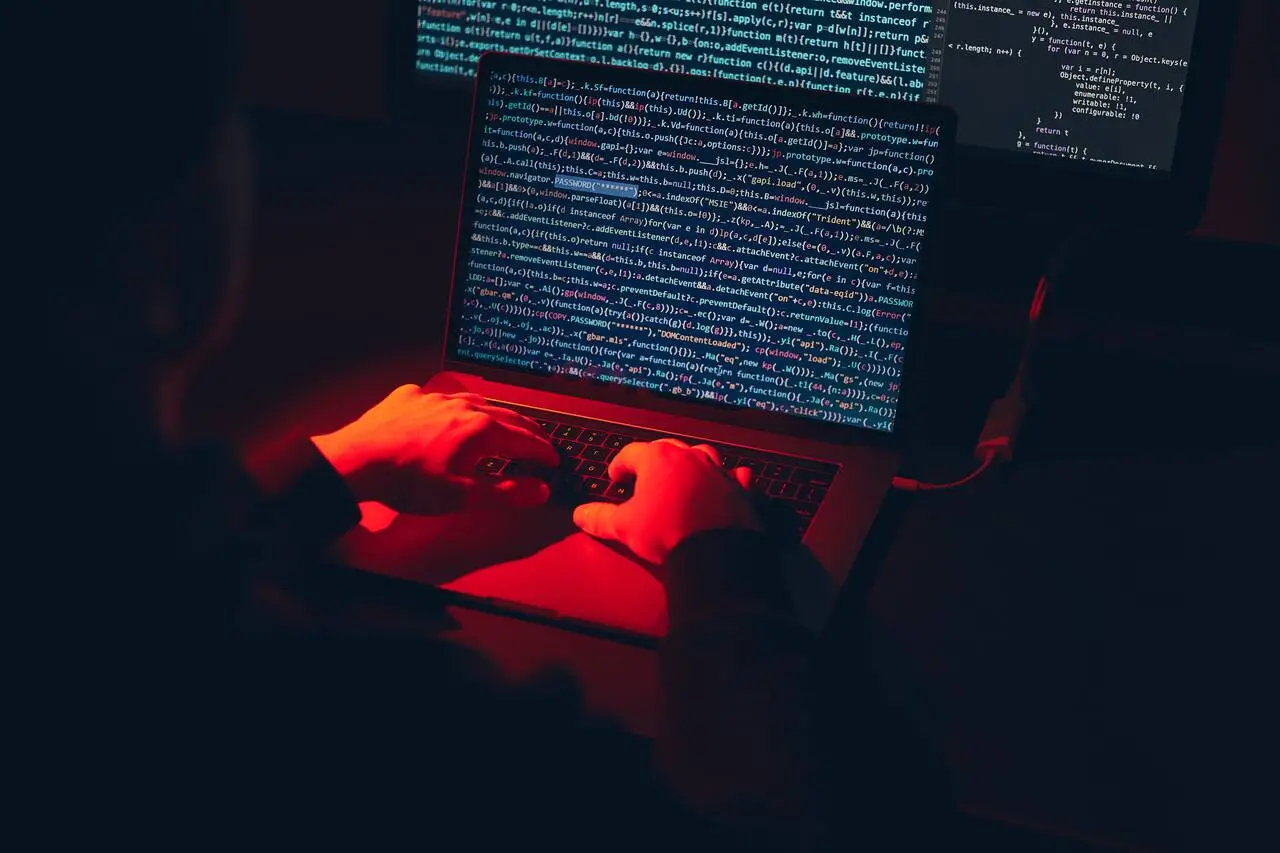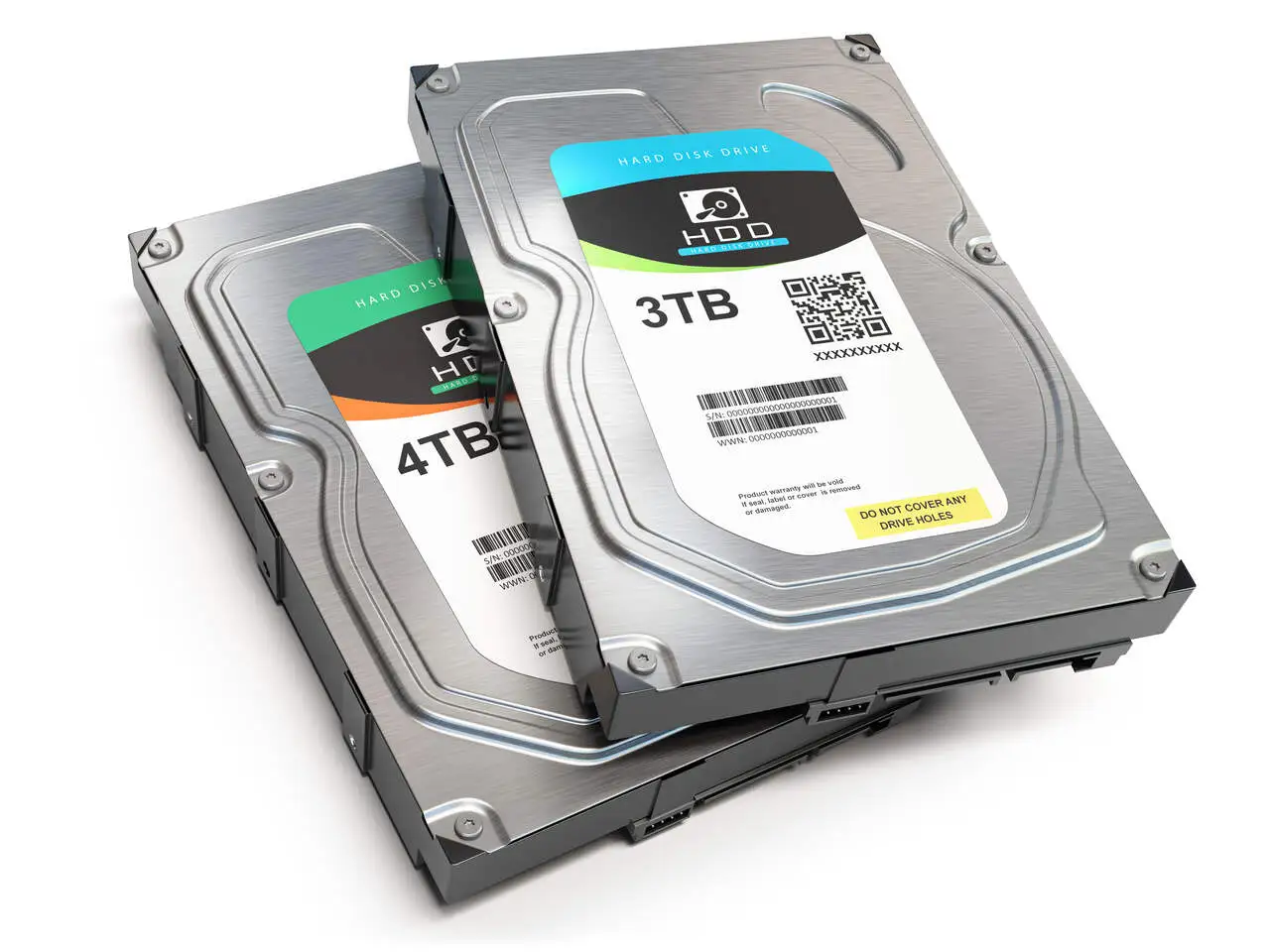In the digital world, data is a critical asset, but it is vulnerable to corruption. Corrupted files can result in the loss of valuable information, hamper productivity and even cause significant stress. Understanding the basics of what causes file corruption and how to address it is essential for anyone who relies on digital data.
File corruption refers to errors within a file that prevent it from being opened or functioning correctly. These errors can occur for a variety of reasons, from software glitches to hardware failures, rendering the file inaccessible or unusable.
Understanding the common causes behind file corruption is the first step towards prevention. These can range from unexpected system shutdowns, to virus attacks, to faulty storage devices. By identifying these risks, users can take proactive measures to protect their data.
How to identify a corrupted file
Identifying a corrupted file can be essential for solving problems on your system or recovering important data. Here are some tips to help you identify a corrupted file:
- Error Messages: Often, the first sign that a file is corrupted is an error message when you try to open it. These messages can include phrases such as “The file cannot be opened” or “The file is damaged”.
- Unexpected Behaviour: If a file opens but displays strange content, such as random characters, or does not display some of the expected content, this may indicate corruption.
- Software failures: If a programme crashes or closes unexpectedly when trying to open a specific file, this could be a sign that the file is corrupted.
- File Size: A file size that seems abnormally large or small compared to what you would expect can also be an indicator.
- Integrity Check: Some programmes offer tools to check the integrity of files. For example, compression tools like WinRAR or 7-Zip can check compressed files for corruption.
- Use Diagnostic Tools: There are diagnostic tools that can analyse files for signs of corruption. These tools vary depending on the type of file (documents, images, system files, etc.).
- Comparison with Previous Versions: If you have a previous version of the file that is working correctly, comparing the two versions can help identify whether the new version is corrupt.
- Check Properties and Metadata: Sometimes a file’s properties (accessible by right-clicking on the file and selecting “Properties”) or metadata (information embedded in the file, such as tags in music files) may be incomplete or appear incorrect, indicating possible corruption.
- Test in Different Programmes: If a file doesn’t open in a specific programme, try opening it with a different programme. If it works in another programme, the problem may not be the file, but the original programme.
- View in Text Mode: For some types of files, such as text documents or source code, viewing them in a plain text editor can reveal visible corrupted content such as strange characters or disorganisation in the text.
If you suspect a file is corrupted, it’s important not to overwrite it with new edits or save other files on top, as this can make it difficult to recover the original data. In some cases, it may be possible to recover a corrupted file using professional data recovery services.
Preventing file corruption
Preventing file corruption is crucial to ensuring the integrity of your data and the smooth running of your systems. Here are some measures you can take to minimise the risk of file corruption:
- Make regular backups: The most important practice for the security of your data is to make regular backups. This doesn’t prevent corruption, but it does ensure that you can recover an uncorrupted version of the file. Use local and cloud backup solutions for comprehensive protection.
- Use antivirus and antimalware software: Keep your system safe from malware and viruses, which can corrupt files. Up-to-date antivirus software can help identify and neutralise threats that could damage your files.
- Keep your operating system and software up to date: Software updates often include fixes for bugs that can cause file corruption. Keeping your system and applications up to date helps prevent problems.
- Avoid incorrect system shutdown: Switching off the computer incorrectly or suffering power cuts can corrupt files that were currently being used or opened. Use an uninterruptible power supply (UPS) to avoid data loss during power outages and always close all programmes before shutting down the computer.
- Use safe ejection for external devices: Always use the safe ejection option before disconnecting external storage devices, such as USB sticks and external hard drives, to avoid file corruption.
- Avoid opening files from untrusted sources: Files downloaded from untrusted sources on the internet may be corrupted or contain malware. Be careful when opening files from unknown sources.
- Hard disc monitoring and maintenance: Use tools to monitor the health of your hard drive and perform regular maintenance, such as defragmentation (for HDDs) and error checks, to prevent file corruption caused by bad sectors.
- Avoid overloading the hard drive: Keeping the hard drive overloaded, close to its maximum capacity, can increase the risk of file corruption. Try to keep at least 10-15% of the disc space free.
- Use reliable file systems: File systems such as NTFS (for Windows) and ext4 (for Linux) have error recovery mechanisms that can help prevent file corruption.
- File validation: For critical data, consider using checksums to validate the integrity of files after important transfers or modifications.
- Reliable network: Make sure your network connection is stable when downloading or uploading large files. Interruptions in the network connection can result in incomplete or corrupted files.
Implementing these practices not only helps prevent file corruption, but also contributes to the overall security of your systems and data. Prevention is always the best course of action when it comes to protecting valuable information. But if these precautions have not been taken, a professional file recovery service is necessary.
Recovering corrupted files is a very delicate process, any mistake can totally jeopardise the recovery of the files, so professional help is needed. Digital Recovery specialises in data recovery, with solutions that cover most storage devices.
These solutions can be applied remotely in many cases, but in specific cases sending the device is necessary, see how the process is done to recover corrupted HD, for other storage devices, contact our experts.



